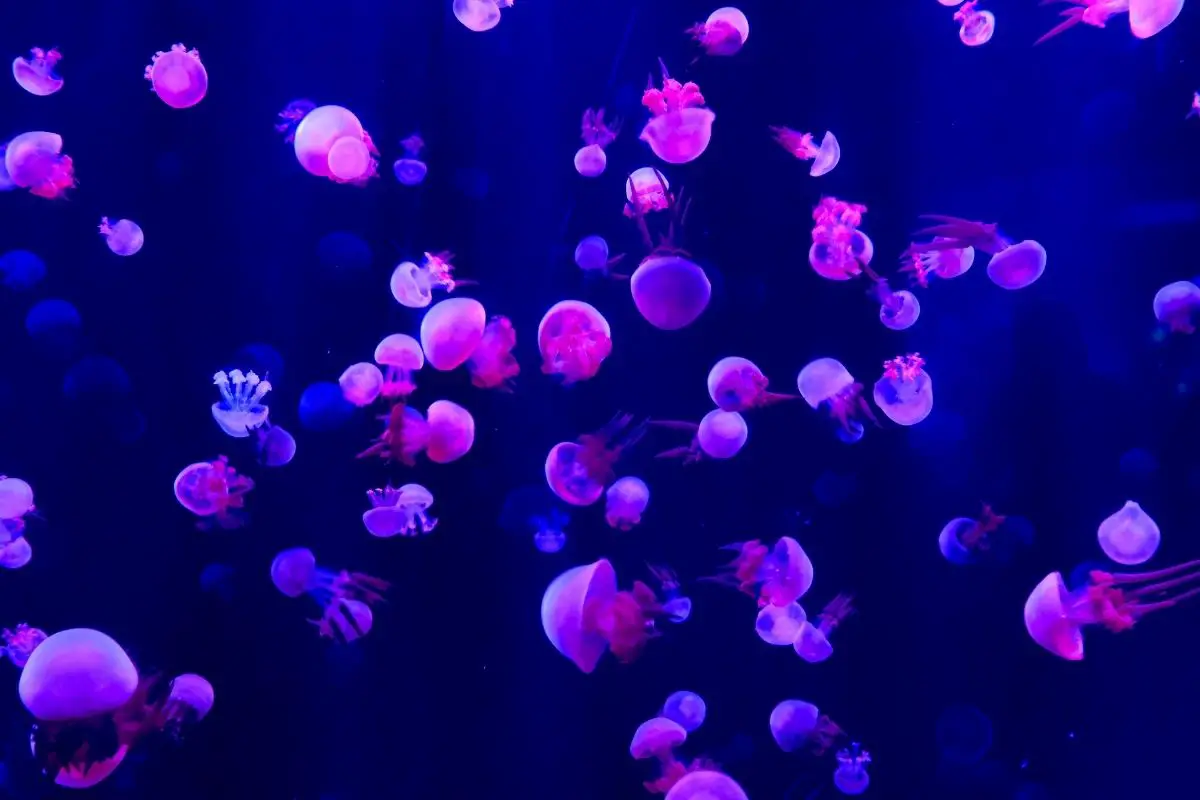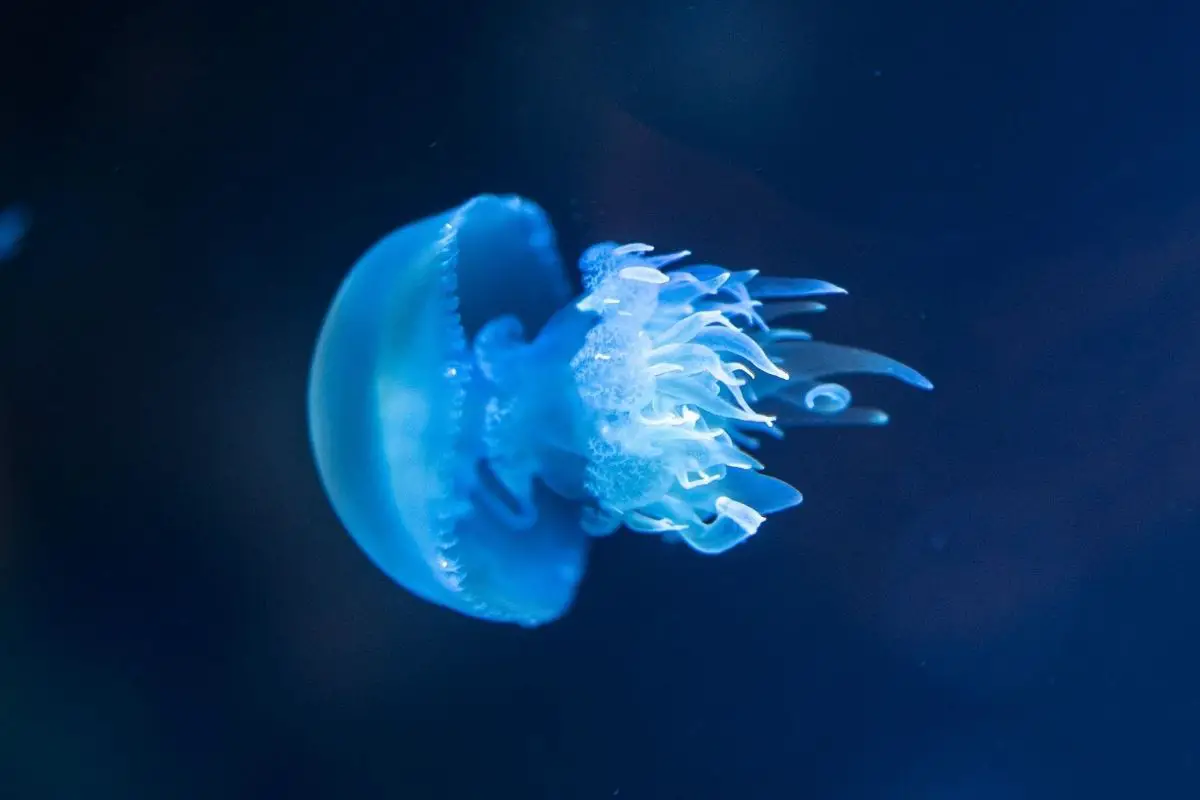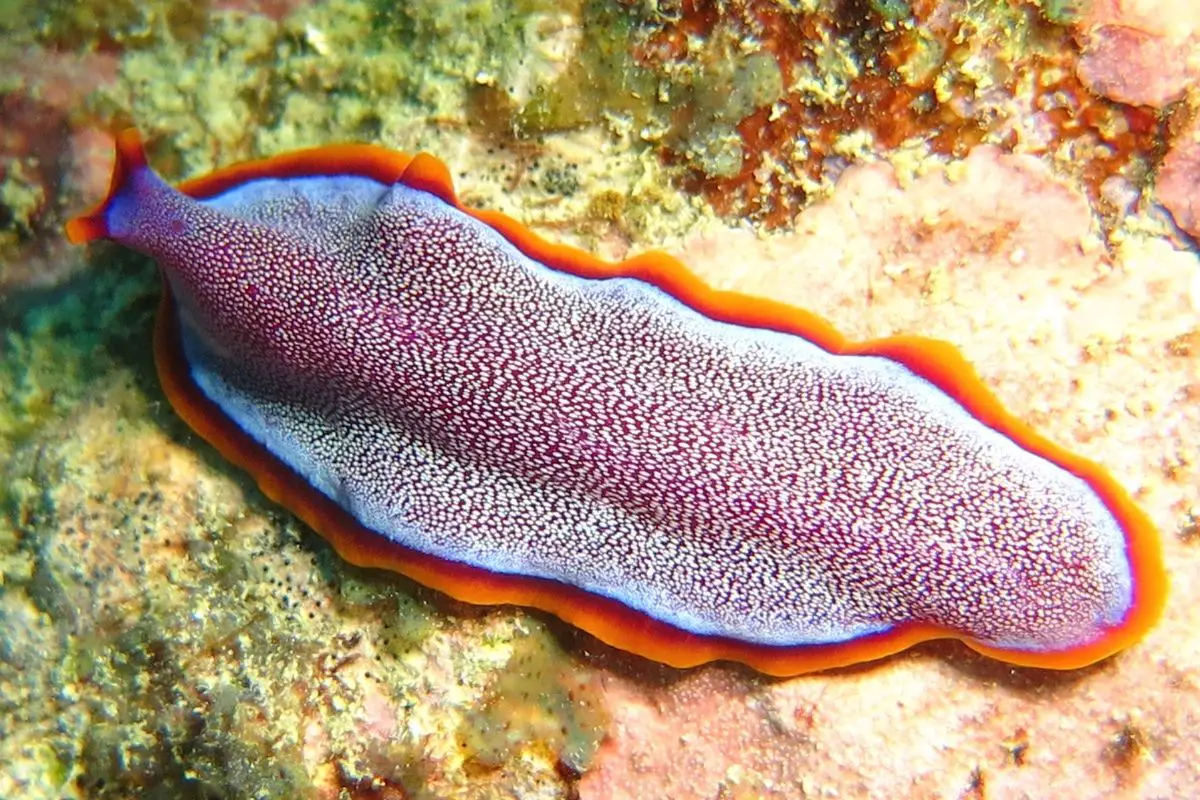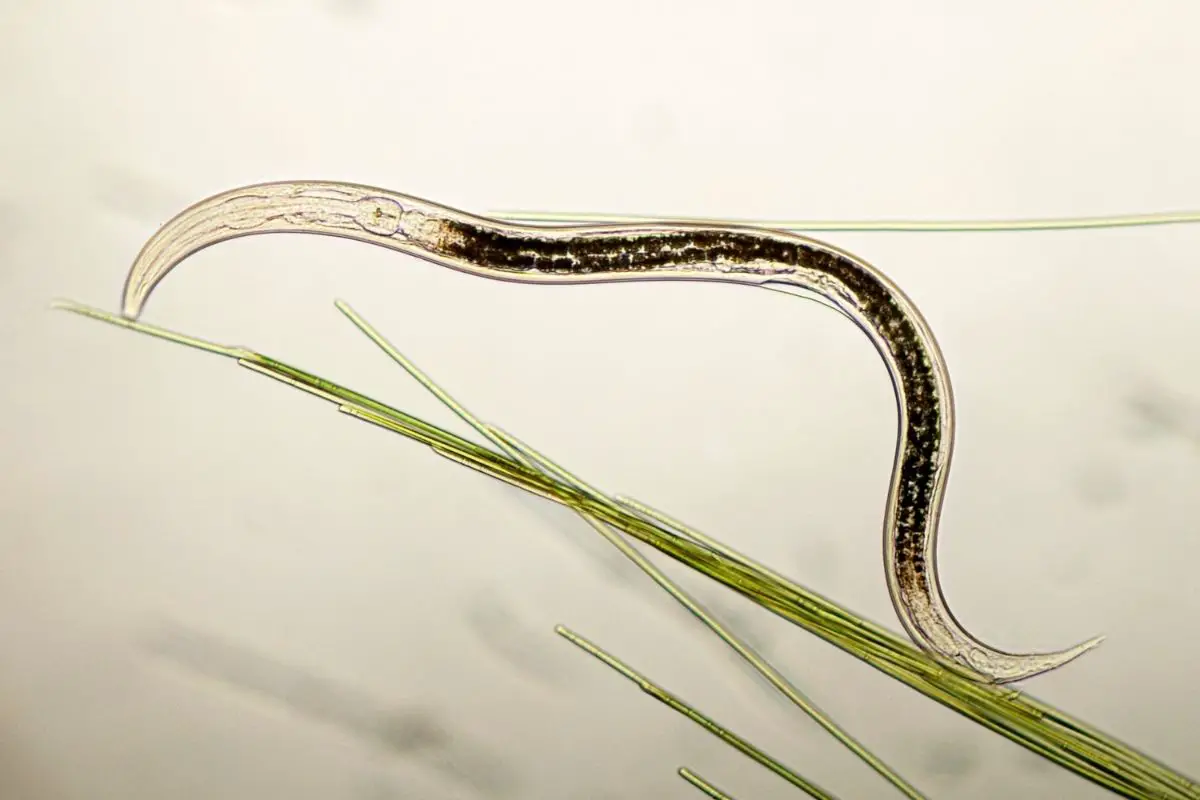
The vast majority of animals that inhabit the earth have a circulatory system much like we do, complete with a heart and blood. Most of us have red blood, though some animals have blue, black, or even green blood. Then, strangest of all, are the animals that have no blood at all.
Here are a few animals that live without blood in their body!
1. Jellyfish

It seems pretty obvious that a jellyfish has no circulatory system when we look at it. These transparent, gelatinous masses don’t have any obvious muscles or organs and are usually transparent, floating aimlessly around the ocean. Jellyfish belong to a class of animals called cnidarians, which include coral and sea anemones.
Instead of using blood to transport nutrients throughout their body, cnidarians absorb them directly from the water into their cells.
According to the UCSB Science Line: “When the cells on the outside of their body come into contact with water, oxygen and nutrients can diffuse into their body to provide them with everything they need.” Jellyfish are the largest animals without a heart.
2. Flatworms

Flatworms, as the name implies, are flat, worm-like invertebrates. Their extremely flat bodies mean that they have no room for organs. Not only do they have no blood, but they also have no heart, circulatory system, or respiratory system.
They gather nutrients and oxygen through a process called diffusion. Unlike in humans, this process doesn’t involve any kind of pump; instead, the nutrients simply flow through the flatworm’s body without direction. Some flatworms are parasites, such as the tapeworm. Other types include the fluke and the planarian.
3. Nematodes

Nematodes, also known as roundworms, are an incredibly common parasite, living in other animal species of all kinds as well as in food, soil, vinegar, malt, and deep within the earth. There are a huge number of nematodes — as many as 20,000 distinct types have been identified — but scientists think that these might only be a small percentage of the true number. The internal organs and other systems vary among different types of nematodes, but … Read the rest of the story.
No comments:
Post a Comment